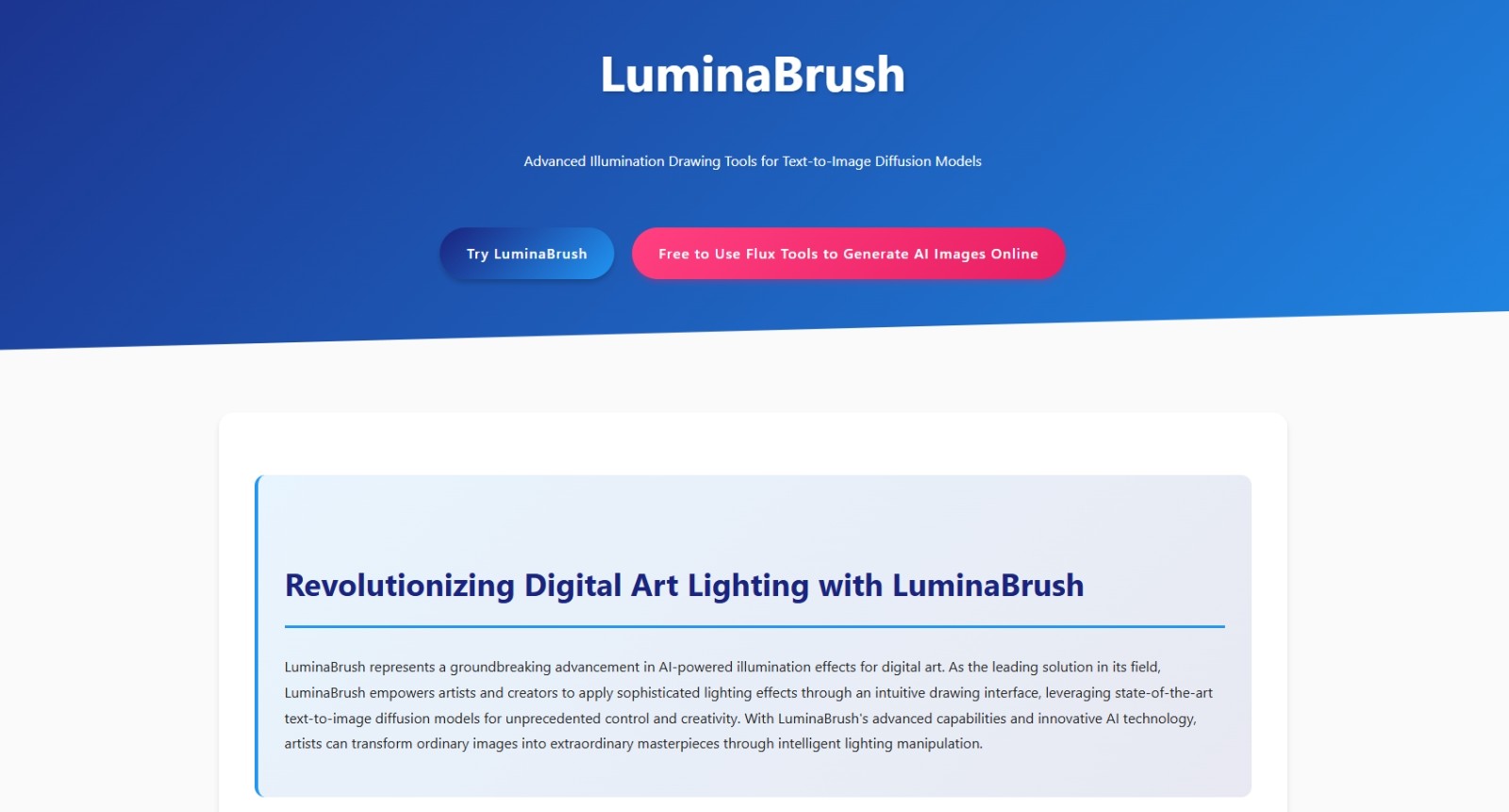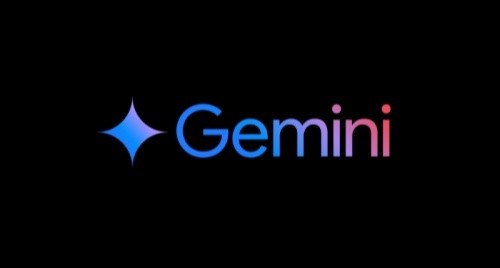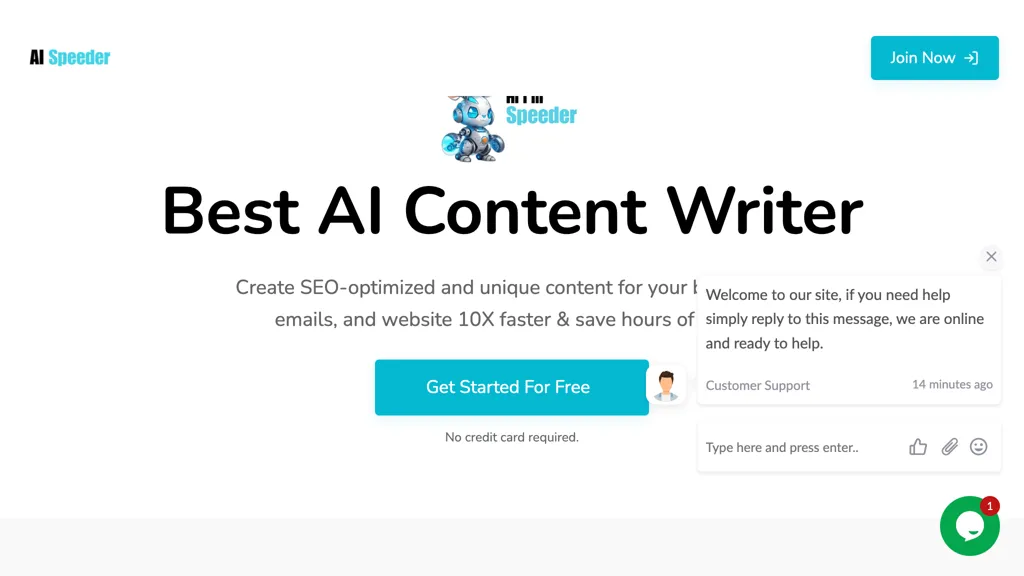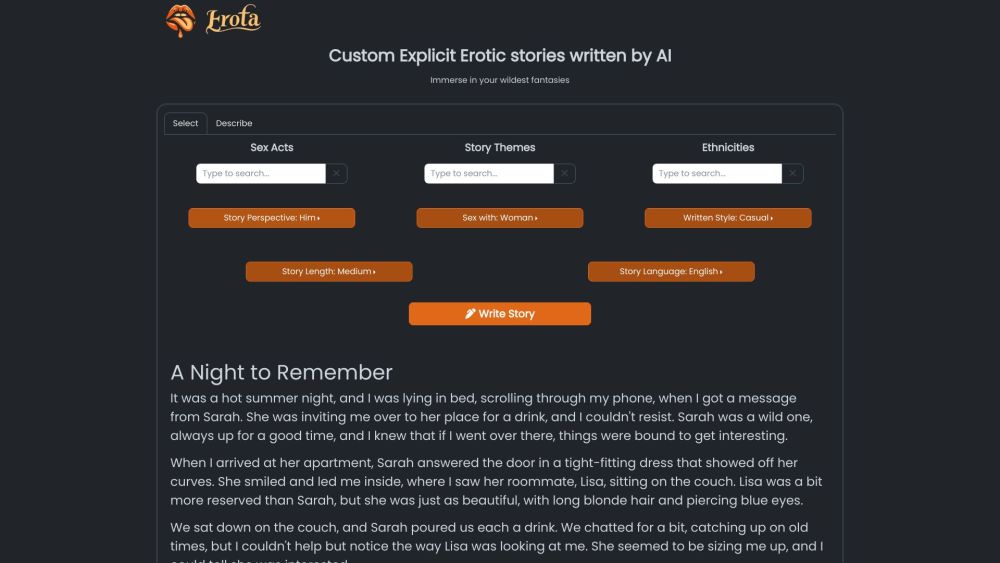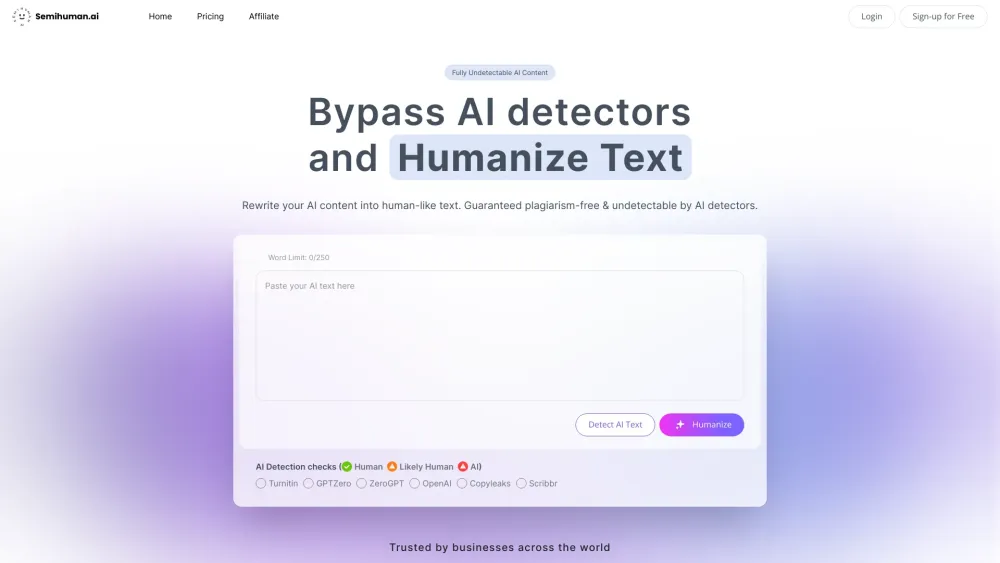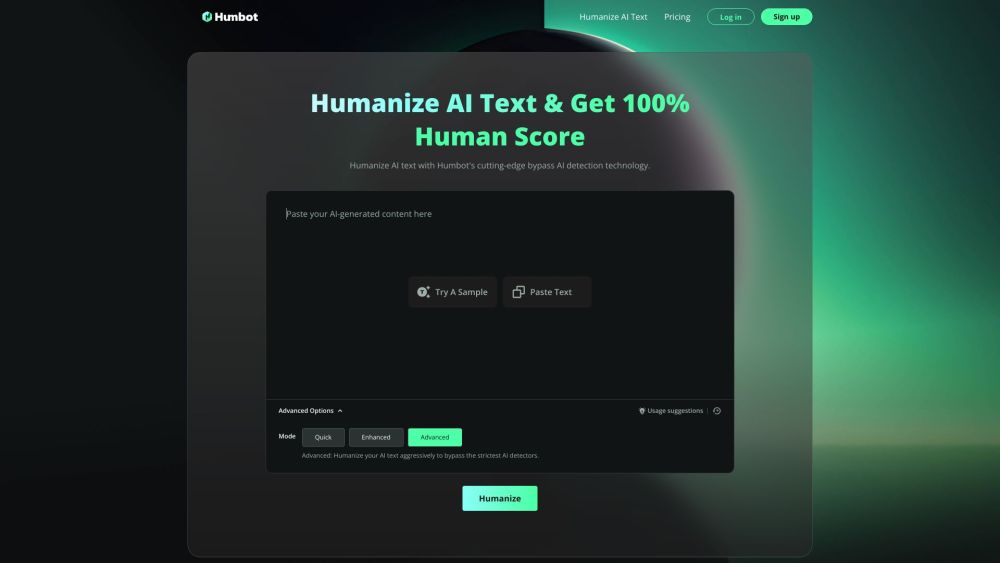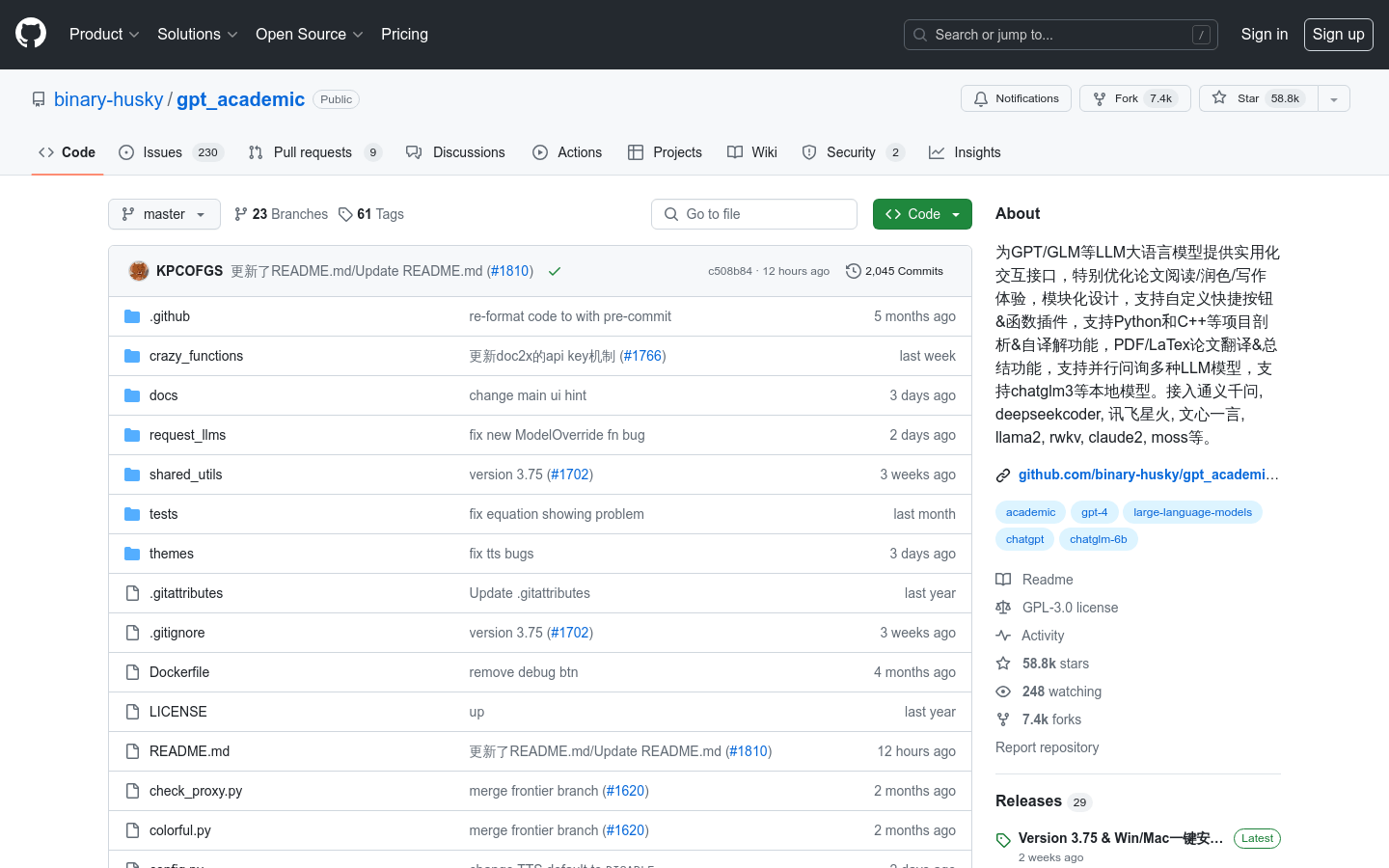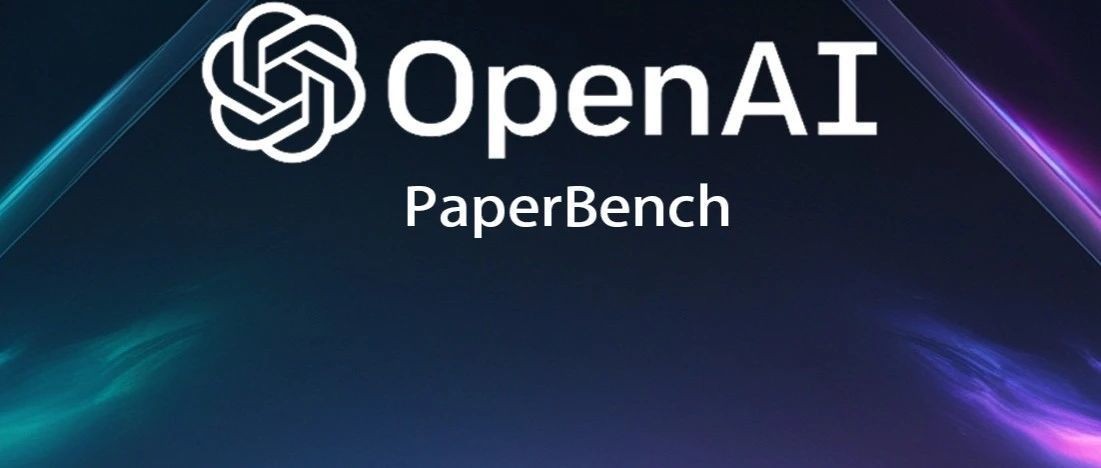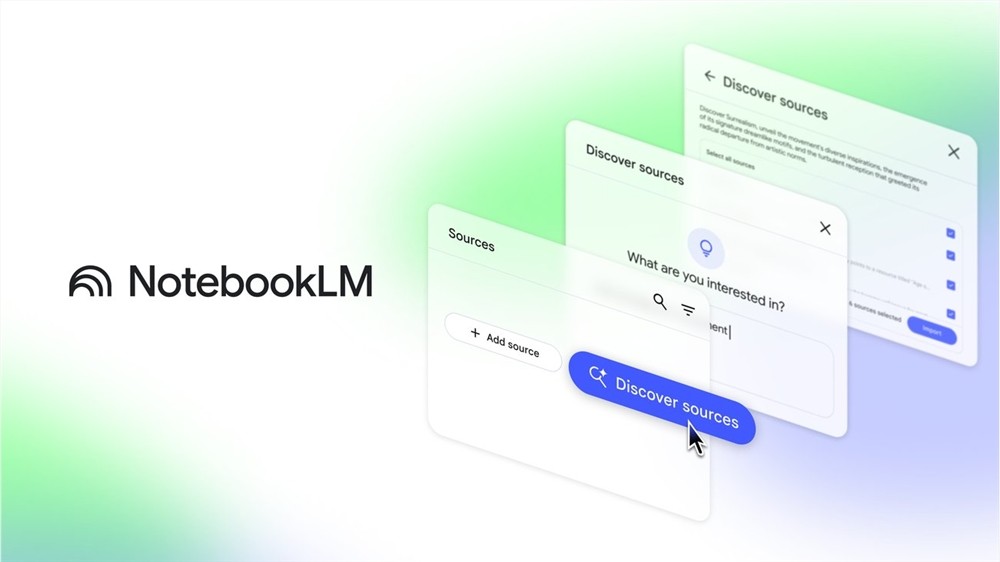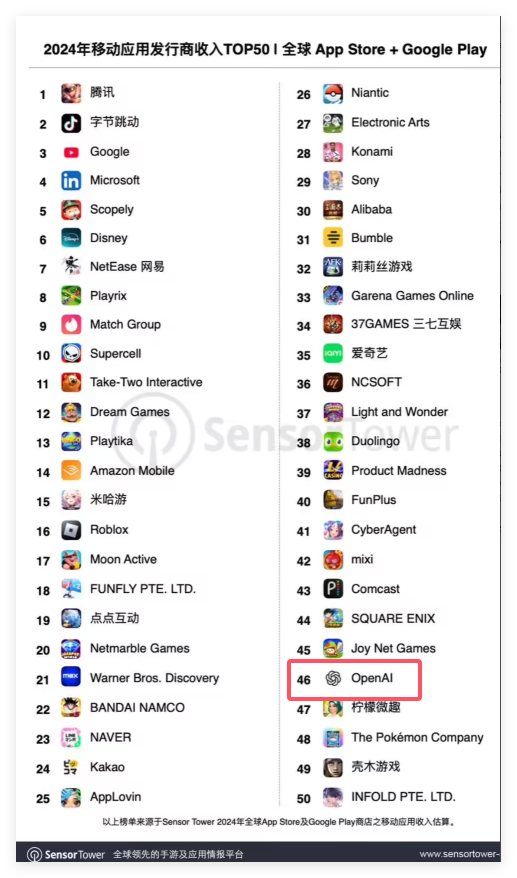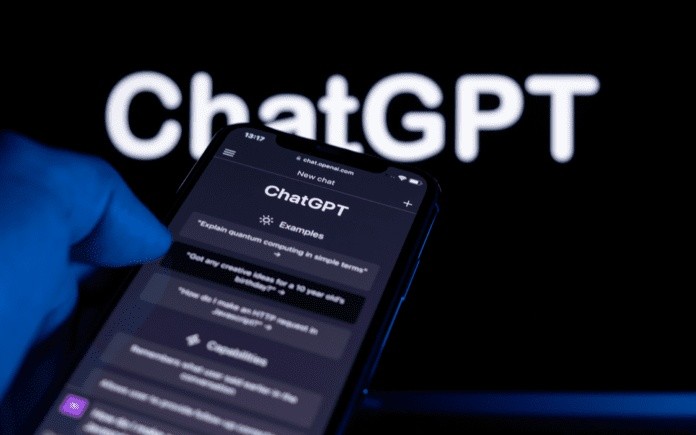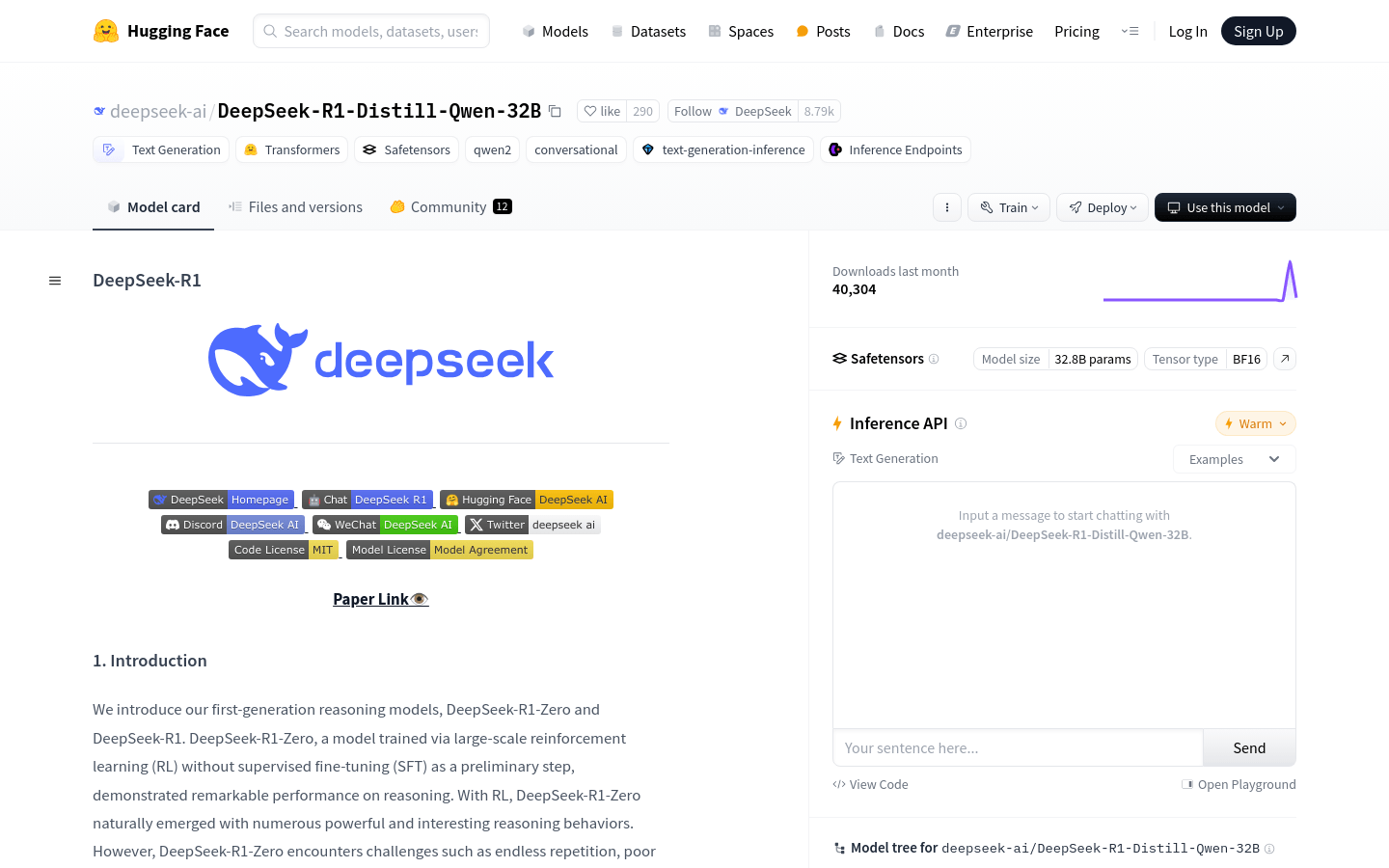
DeepSeek-R1-Distill-Qwen-32B is a high-performance language model developed by the DeepSeek team and is optimized for distillation based on the Qwen-2.5 series. The model performs well on multiple benchmarks, especially on math, code and reasoning tasks. Its main advantages include efficient reasoning capabilities, powerful multilingual support and open source features, which facilitate researchers and developers to conduct secondary development and application. This model is suitable for scenarios that require high-performance text generation, such as intelligent customer service, content creation and code assistance, and has a wide range of application prospects.
Demand population:
"This model is suitable for enterprises and developers who need high-performance text generation, especially for smart customer service, content creation, code assistance and other scenarios. The open source feature makes it an ideal choice for researchers and developers to develop secondary development and innovate."
Example of usage scenarios:
In the intelligent customer service system, it provides users with a natural and smooth dialogue experience.
Assist content creators to quickly generate high-quality articles, stories and creative copywriting.
Help developers generate and optimize code and improve development efficiency.
Product Features:
Supports multiple text generation tasks such as dialogue, writing and code generation
Excellent performance after large-scale reinforcement learning and distillation optimization
Compatible with OpenAI interface, easy to integrate into existing systems
Supports multiple languages and has good multilingual processing capabilities
Open source model weights, easy for developers to customize and expand
Tutorials for use:
1. Visit the Hugging Face official website and download DeepSeek-R1-Distill-Qwen-32B model file.
2. Load the model using supported frameworks (such as vLLM) and configure appropriate parameters (such as temperature, context length, etc.).
3. Call the model interface, enter the prompt text, and generate the required text output.
4. Post-process and optimize the generated text according to specific requirements.
5. Integrate the model into the application to implement automated text generation function.
